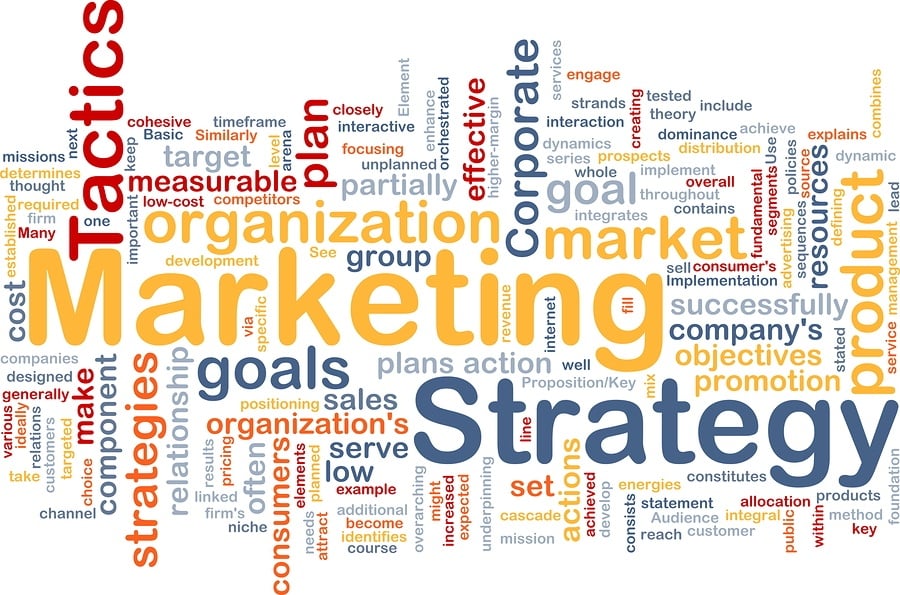
Smart marketers know that they need to define a target audience at the beginning of building a business strategy.
Your target audience will define the way you do business, from your marketing techniques to your content optimization. The importance of a target audience is undisputed, but do you know how to identify the people who are most likely to patronize your business? These five tips will help you define your target audience and reach them through your marketing strategy.
Ask: What Problem Do I Solve?
Your target audience is the group of people with a problem that your product or service solves. If you sell vacuum cleaners, for example, your target audience is consumers who need to clean their carpets. Identify the problem or problems your business solves, and then figure out who is likely to have these problems. This is the basic group of people you need to target.
Next, ask yourself how your product or service benefits people. Make a list outlining each feature of your product or service. Write the benefit that each feature provides and the benefits of those benefits. Once you have a long list of benefits, identify people with needs that your benefits meet. This gives you a general idea of your audience and enables you to narrow down your market from there.
Know Your Demographics
Getting to know your consumers as closely as possible is the only way to maximize your content strategy and carry the greatest impact. Paint a picture of the consumers you identified above. Are they working-class? Are they millennials? Are they high net worth individuals? Group your target audience by location, such as high- vs. low-income neighborhoods. Group them by market sector as well as other broad categories.
Next, find out their demographics. Pinpoint if you should market to men or women and married or single individuals. Define a target audience in as many specific ways as possible, down to their favorite hobbies and activities. Understanding your audience’s hopes, goals, and expectations enables you to fulfill their needs. Empathizing with your customers opens the doors for being more engaging and relevant to them.
Put Yourself in the Customers’ Shoes
To truly define a target audience, a business must go beyond just demographics. Concern yourself with the buyer persona or the psychographics of your audience. This delves deeper than ethnicity, marital status, and income. The buyer persona looks at your audience’s personality, interests, morals, values, lifestyles, and behaviors. Identifying your buyer persona enables you to tailor your product or service to fit your audience’s lifestyle. Find out where your buyers turn for information, how they communicate, and what features they find most appealing. Then, make your product or service fit these needs.
Check Out the Competition
Pay attention to the audience your competition is targeting, not to copy them, but to see if they’re overlooking a niche market. Having an edge over the competition depends on your ability to fulfill consumer needs better than they can. Focusing on a fresh audience for your product or service can set the stage for a whole new consumer base your competition is missing out on.
Convert Warm Leads
Consumers who might recognize the benefits your brand offers but aren’t entirely sold yet (“warm leads”) need an extra something to make a purchase. The best methods of reaching them are through your marketing strategy. Advance your relationship with warm leads by publishing relevant and engaging content. Respond to them appropriately depending on their initial interaction with your brand, and give them something of value. Show that your product or service fills their needs because you’ve done your homework and recognize these needs.
Knowing how to define your target audience isn’t always an easy task. If you need help from expert digital marketers, contact digitalJ2 for a free, no obligation assessment. We know how to optimize your website for your ideal target audience.
Similar Posts:







